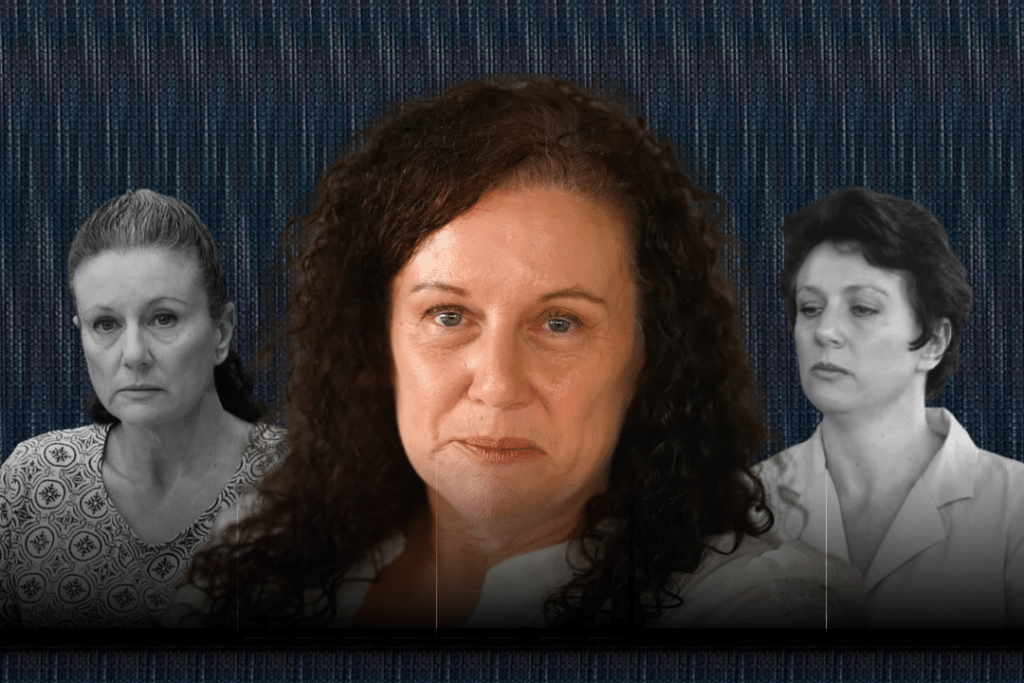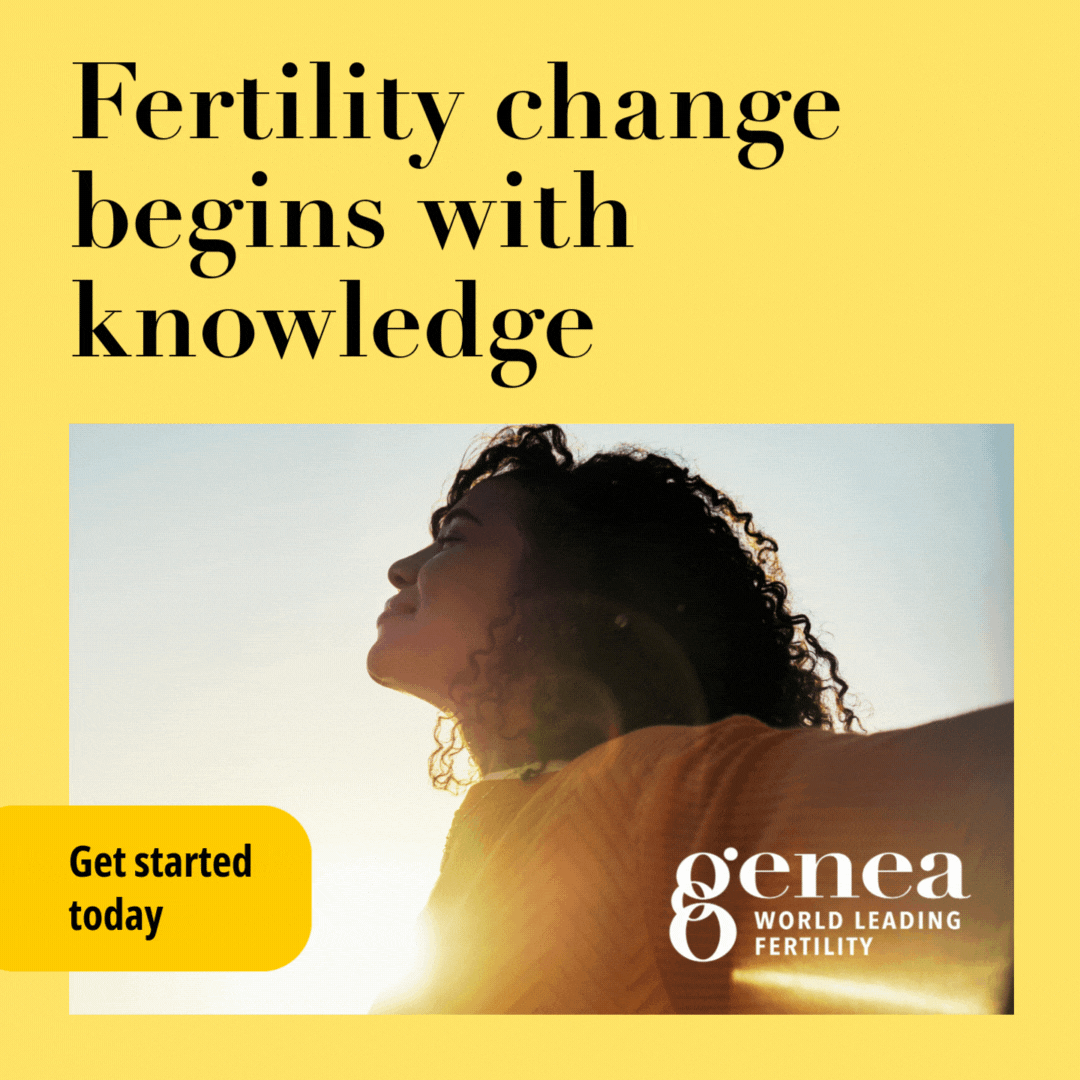NB: this article refers to a First Nations woman who has passed away.
‘She was determined and articulate and really, really normal. And nice.’
This was journalist Natalie Barr’s assessment of Kathleen Folbigg following her recent interview with Folbigg for Channel 7’s Spotlight program.
These aren’t really attributes you’d associate with someone who was, for decades, known as Australia’s worst serial killer, and worse still, a serial baby killer.
Kathleen Folbigg’s story is still unfolding. Commissioner Tom Bathurst is yet to release his final report. The NSW judicial system is yet to make a determination as to her convictions.
But what we do know is that she has been unconditionally pardoned by the NSW Attorney General Michael Daley. We know that at the Inquiry earlier this year the NSW Director of Public Prosecutions accepted there was reasonable doubt about Folbigg’s guilt.
Irrespective of what’s to come, we should think about what Folbigg’s conviction – and the pathway to her pardon – mean for women and the justice system.
Women and the justice system
In the wake of the #metoo movement attempts have been made to reform justice systems like Australia’s in recognition of the myriad ways in which existing processes, mired in centuries-old traditions, have made it impossible for many female victims of crime to receive just outcomes.
Cases like Kathleen Folbigg’s provide further evidence of how women are also made victims of the justice system. Of all of the headlines following Folbigg’s pardon, it was the UK’s BBC Online that arguably said it best: Misogyny helped jail her, science freed her.
Two separate issues appear to have led to Folbigg’s pardon: a new perspective on her diaries and new scientific research. First, the diaries were accepted at trial as evidence of admissions of guilt but are now understood more as evidence of a grieving mother’s trauma. Second, advances in scientific knowledge were instrumental in her pardon which is now widely attributed to science having been heard.
Looking at wrongful conviction claims of women
In the Griffith University Innocence Project, we are actively working on six cases, three of which involve women who claim to have been wrongly convicted.
To protect our applicants, the victims of crime and our students who work on these cases, we don’t often talk about our work publicly. Kathleen’s case confirms this prudent approach. There were questions about her convictions right from the start but as Professor Emma Cunliffe has written, those who dared try to establish her innocence were demonised.
For now, in the absence of evidence proving our applicants’ innocence, it looks, for all intents and purposes, like the system got it right in their cases. But what if it didn’t?
Research tells us women are wrongly convicted in different ways to men. In the US, data collected by the National Registry of Exonerations indicates ‘exonerations of women are more likely to involve crimes against children, and convictions for crimes that never occurred.’ Kathleen’s case appears to reflect both.
As we work through our cases, we take this research into account and look critically at how the evidence might possibly be imbued with – gendered, misogynistic even – approaches and assumptions about what our applicant did or how she behaved in the circumstances (perhaps related to domestic violence) or how she behaved well before the events in question even took place.
Pointing out this possibility is – rightly – not enough to get us back into court. But as we continue to work on these cases, looking for evidence and procedural pathways that might ground a wrongful conviction appeal, we hope developing these critical thinking skills in our students will make them better lawyers who, in turn, will be alert to the risks of wrongful convictions.
What does this mean for women
Our legal system is adversarial: a battle between two competing sides with faith that the procedures in place (rules of evidence, cross-examination, for example) will ensure the right side wins. This process has been described as ‘not well adapted to arrive at the truth.’
A case that powerfully points out the limits of our legal process is that of First Nations woman, Robyn Kina. Robyn was convicted of murdering her partner in 1988. Her trial was shamefully short, taking less than a day. She did not give or call evidence in her defence. Her one and only appeal was restricted to narrow legal issues that simply served to confirm her guilt in the eyes of the law.
But her pardon application saw Queensland’s Court of Appeal undertake a broader, almost inquisitorial assessment of what happened. The court considered the circumstances of the case, Robyn’s background, her childhood, and the communication issues she had with her own legal representatives including cultural barriers that impacted on how her lawyers obtained information from her. None of these issues were raised at her trial or at her appeal. Her pardon, however, allowed for a deeper approach to understanding the truth.
Robyn did kill her partner after suffering horrendous abuse at his hands over years. But ultimately, the Court of Appeal was:
…persuaded that there has in this case been a miscarriage of justice arising from the fact that in the material now before the Court there is evidence which if presented at the trial would have raised a significant possibility that a verdict of guilty of murder would not have been returned.
Looking critically at justice processes requires going to the heart of the problems in our system, not skirting around them, reforming only the edges. To prevent wrongful convictions of women – or anyone else for that matter, we need to set the system up effectively at the front end, not the back end, after a conviction.
Wrongful convictions represent a system failing. If a system makes it too easy for women (or any minority group) to be denied justice – then it’s not working for us all. We need to confront the reasons why even if that involves rethinking processes that appear to have served us for centuries but in reality, have not.



